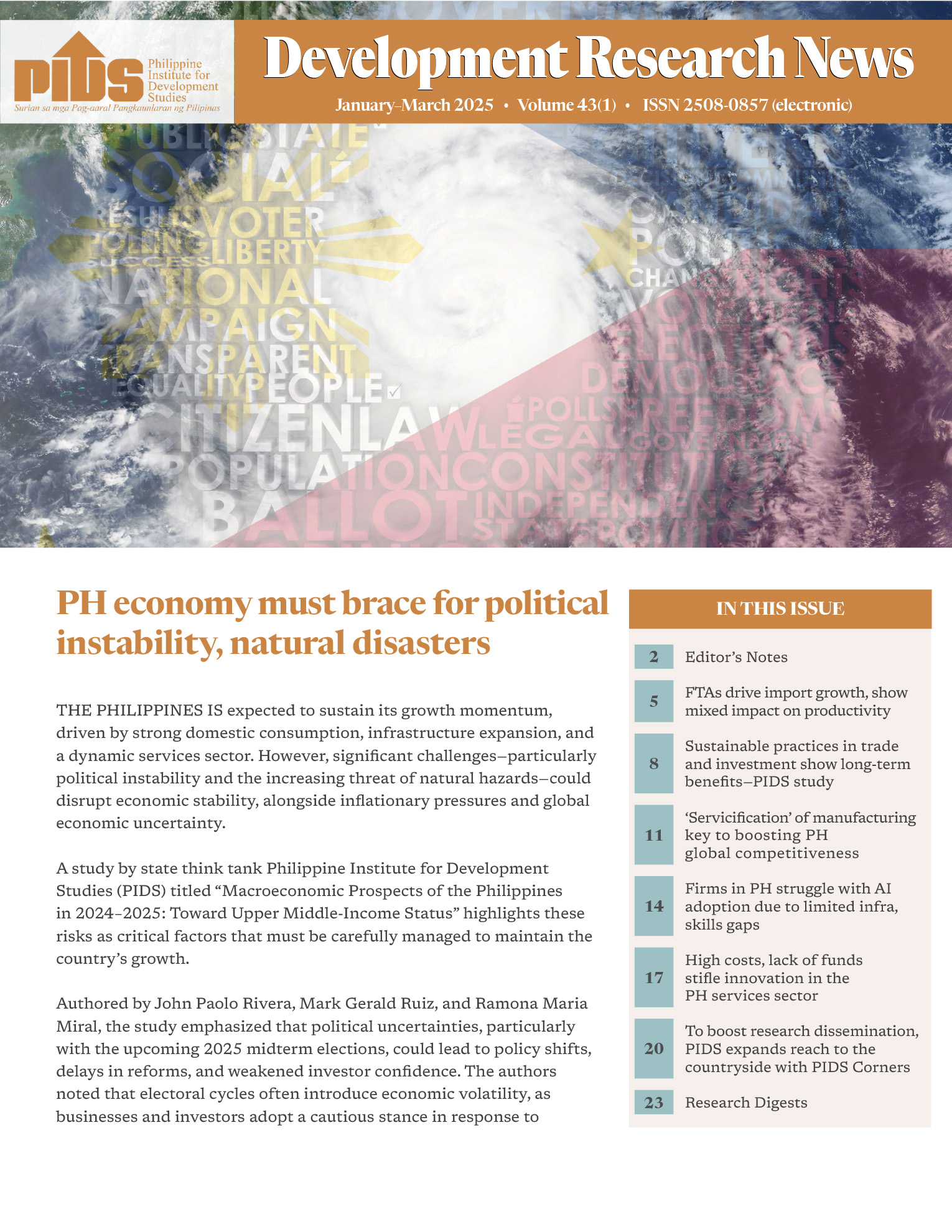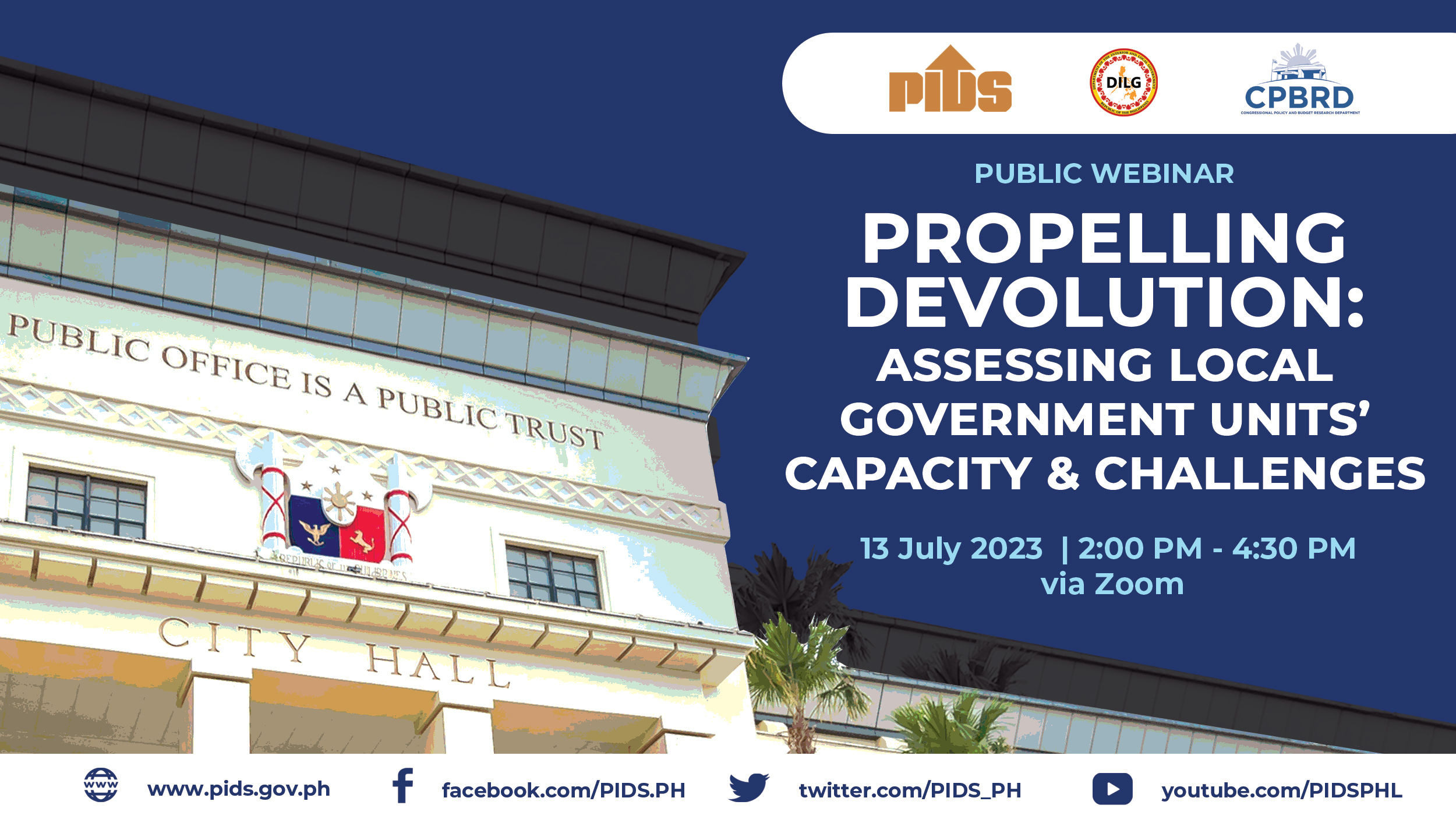THE national government’s outstanding debt continued to rise, hitting a fresh record level of P16.683 trillion as of the end of March, due to higher domestic and external borrowings, according to the Bureau of the Treasury (BTr).
Latest Treasury data showed the outstanding debt was P51.96 billion higher than the P16.632 trillion recorded at the end of February 2025.
On an annual basis, the latest debt figure increased by 11.78 percent from P14.925 trillion in outstanding liabilities in March 2024.
“The [national government’s] robust revenue performance in [the first quarter of 2025] has enabled the government to finance key priority programs without imposing new taxes, keeping debt growth well within sustainable levels,” the Treasury said in a statement.
While the government asserted that debt remains manageable, Philippine Institute of Development Studies (PIDS) senior research fellow John Paolo Rivera said this is fair but only if spending growth remains disciplined and economic growth remains on target.
The current debt level also reflected the continued budget deficit in recent months that required additional borrowings by the government, Michael L. Ricafort said, chief economist at Rizal Commercial Banking Corporation.
The total debt stock mainly comprised domestic debt at 68.2 percent, while external obligations accounted for 31.8 percent.
Rivera said this financing mix remains prudent as this limits exposure to foreign exchange risks and anchors borrowing on local currency markets, where investor appetite remains strong.
“However, relying too much on domestic markets could crowd out private sector borrowing or raise local interest rates so balance is still key,” Rivera said.
Domestic debt reached P11.379 trillion as of end-March 2025, up by 1.39 percent from P11.223 billion in the previous month.
The Treasury attributed this to the net issuance of domestic securities worth P157.86 billion, but it was partially offset by the appreciation of the peso, resulting in a P2.03-billion downward revaluation.
Year-on-year, domestic debt increased by 10.72 percent from P10.277 trillion.
Meanwhile, external debt inched down by 1.92 percent to P5.304 trillion as of end-March from last month’s P5.408 trillion.The drop was caused by the P66.22 billion decline in the peso value of dollar-denominated debt and net repayment of external loans, which reduced P60.84 billion further, the Treasury said.
Foreign liabilities jumped by 14.12 percent year-on-year from P4.648 trillion.
About 91.5 percent of the outstanding debt carries fixed interest rates. This, the Treasury said, insulates the Philippines from sudden shifts in global interest rates and currency movements.
“In addition, 81.3 percent of the obligations are long-term, giving the government ample fiscal space and time to support growth-enhancing investments,” it added.
The Treasury said the country is on track to reduce the debt-to-GDP ratio to below 60 percent by 2028, but Rivera said this will require sustained economic growth above 6 percent.
More efficient tax collection without resorting to major new taxes, careful expenditure management, especially on subsidies and interest payments, are also needed to achieve that goal.
“If revenue growth slows or election-related spending accelerates, fiscal consolidation could be at risk,” Rivera warned.
The debt-to-GDP ratio is at 60.7 percent as of the fourth quarter of 2024, slightly above the global benchmark of 60 percent, after the economy grew by 5.2 percent at that time.
“New and higher taxes could be a final option if inflation eases/improves further in an effort to bring down the national government debt-to-GDP ratio to below the international threshold, alongside faster GDP growth to broaden the base/denominator and further ease/improve the said ratio,” Ricafort said.
In the coming months, the government could still see its outstanding debt reach new record highs, Ricafort added.
It would also need to hedge both local and foreign borrowings due to the “Trump factor” that caused volatility in the global financial markets, Ricafort said.
The outstanding debt is seen to reach P20.7 trillion by the end of the Marcos Jr. administration.












